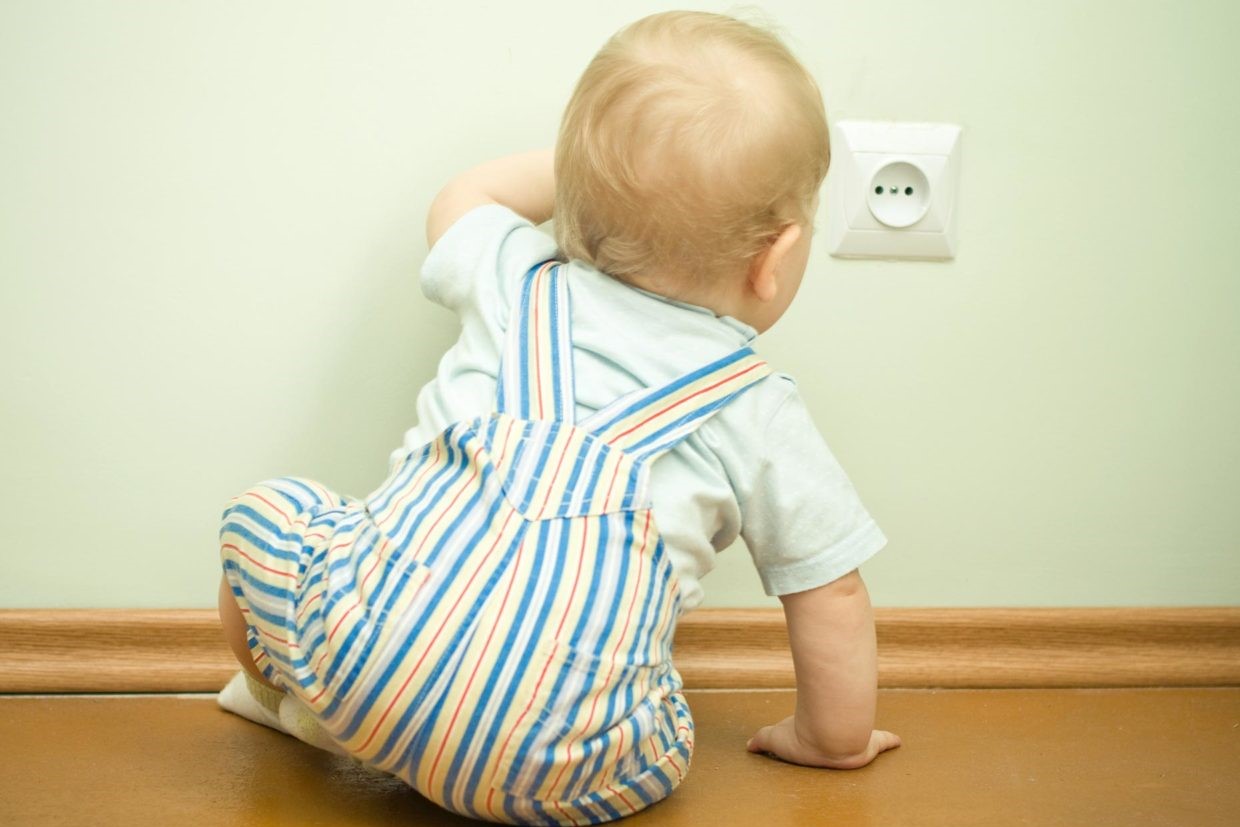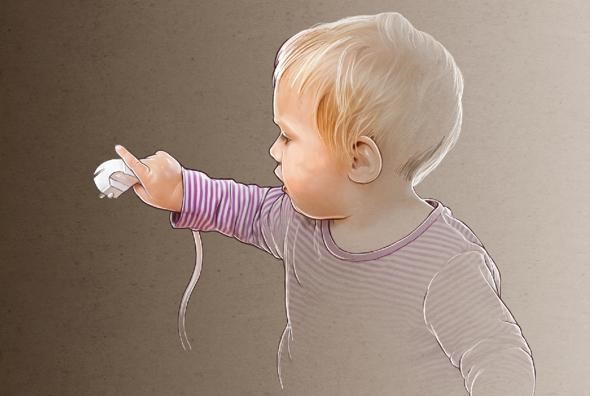
Electric Shock First Aid and Treatment
Electric shock occurs when an electrical current travels through the body. Injuries from electrical shock happen when someone accidentally comes in contact with an electrical source, such as a frayed cord or a downed power line
Electric shock, causes
An electrical shock occurs when someone has direct contact with a high-voltage current that travels through the body.
Several things can cause an electric shock, including:
- Being struck by lightening
- Contact with downed power lines
- Putting fingers or objects into an electrical socket
- Touching faulty or frayed electrical cords or appliances
- Touching overloaded electrical outlets
Signs and symptoms of electric shock
Signs and symptoms of electrical shock can vary based on the type and amount of voltage. Some may include:1
- Numbness and tingling
- Burns
- Seizures
- Irregular heartbeat
- Breathing irregularities or difficulty
- Vision or hearing issues
- Muscle spasms
- Headaches
- Loss of consciousness
- Cardiac arrest
Symptoms caused by touching a frayed kitchen appliance cord are usually much less severe than those caused by higher-voltage shocks from sources such as power lines or lightning.
Electric shock, the treatment
When electrical shock occurs outside, the treatment may also involve several steps to ensure the area is safe before helping the victim, such as:2
- Examine the person visually but do not touch them. They can pass the electrical current on to you if still connected to the electrical source.
- Call Emergency Number or have someone else call Emergency Number
- Check for a source of electricity and turn it off if possible. If it’s not possible, use an object of non-conducting material, such as wood or plastic.
- When you are sure you will be safe from electrical shock, check the victim’s breathing and pulse. Immediately begin cardiopulmonary resuscitation (CPR) if either has stopped or appears unusually low.
- If the victim is breathing but appears faint or has other signs of shock, lay them down with their legs elevated. Bring the head slightly below the trunk of the body.
- Do not treat any burns or remove clothing, and wait until help arrives.
At-Home Remedies
If a person or child experiences an electrical shock at home, contact your healthcare provider, pediatrician, or call Emergency Number.
In some cases, shock can cause internal injuries that are visually undetectable.
A healthcare provider can assess for surface burns, mouth burns, or other internal organ injuries.
If the person has severe burns, they may need to be admitted to the hospital for treatment and observation.3
FIRST AID TRAINING? VISIT THE DMC DINAS MEDICAL CONSULTANTS BOOTH AT EMERGENCY EXPO
Medical treatment in case of electric shock
Medical care for electrical shock will depend on the amount of voltage involved.
Minor incidence of electrical shock may not require medical care.
Treatment for less severe incidences of electrical shock may include pain medication, antibiotic ointment, and dressing changes for minor burns.
Higher voltage injuries will require a higher level of care and often have poorer outcomes.
Emergency medical care may require:
- Resuscitation
- ICU care
- IV fluids
- Nutritional support
- Surgery
When to See a Doctor
If you or a loved one experiences an electrical shock, it’s important to be examined by a healthcare provider.
The damage from an electrical shock depends on the voltage level, source, how it traveled through the body, the person’s age, and overall health.
Call Emergency Number if a person with electrical shock has:
- Irregular heartbeat
- Muscle pain or muscle contractions
- Confusion
- Breathing problems
- Cardiac arrest
- Seizures
- Loss of consciousness
Prevention of electric shock
Best practices to prevent electrical shock in the home include:3
- Cover all outlets.
- Ensure that wires are properly insulated and covered.
- Keep wires away from children’s reach.
- Supervise children in areas with possible electrical hazards, such as electrical appliances near a bathtub or pool.
- Turn off the circuit breaker when working with electricity in the home.
- Don’t use electrical appliances in the bath or shower.
There are several ways to prevent electrical shock outside of the house, including:2
- Report any fallen or broken power lines immediately to your power company. Do not touch them under any circumstances.
- Do not drive or walk through standing water if power lines may have fallen in the water.
- If you come in contact with a power line while in your car, stay in your car and drive away if possible. If you are unable to drive away, stay in your vehicle and call emergency services. Wait until emergency services arrive, and do not let anyone close to your vehicle.
- Call an electrician to fix electrical circuits that are wet or near water. If possible, turn off power at the main breaker but never enter standing water to access it.
- Never work on or near an electrical source while standing in water, especially if using an electrical tool.
- Make sure that electrical equipment is completely dry before restoring power.
- Have a certified electrician confirm that turning the power back on is safe.
- Turn off your main circuit breaker if there is a burning odor but no obvious source, or if you can see sparks and frayed wires when you turn the power back on.
- When installing or using a generator, talk to your utility company about usage. Don’t use generators without approved, automatic-interrupt devices. Generators can be a fire hazard if they remain online once electricity resumes.
Bibliographic references:
- U.S. National Library of Medicine. Electrical injury.
- Centers For Disease Control and Prevention (CDC). Protect yourself from electrical hazards|natural disasters and severe weather.
- American Academy of Pediatrics. Electric shock injuries in children.
- Merck Manual Consumer Version. Electrical injuries.
Read also:
Emergency Live Even More…Live: Download The New Free App Of Your Newspaper For IOS And Android
Electrical Injuries: How To Assess Them, What To Do
RICE Treatment For Soft Tissue Injuries
How To Carry Out Primary Survey Using The DRABC In First Aid
Heimlich Maneuver: Find Out What It Is And How To Do It
What Should Be In A Paediatric First Aid Kit
Poison Mushroom Poisoning: What To Do? How Does Poisoning Manifest Itself?
Hydrocarbon Poisoning: Symptoms, Diagnosis And Treatment
First Aid: What To Do After Swallowing Or Spilling Bleach On Your Skin



